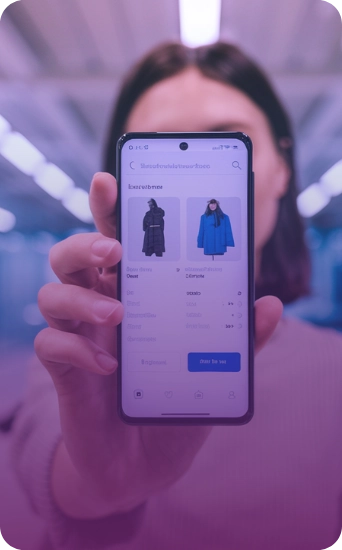Talking about performance in online stores isn't just about pages that load faster. It's about how every second counts for the consumer and how this directly impacts sales. For those in charge of a commercial operation, understanding the role of performance may seem technical or complicated, but it is an essential part of increasing conversions and delivering a shopping experience that builds customer loyalty.
As a front-end development manager at a fullcommerce company focused on technology and the end consumer, I see on a daily basis how performance is connected to various areas of the business, including logistics, customer service, marketplaces and the media and UX teams. This article seeks to clarify, in a practical and accessible way, how to optimize the performance of an online store and why this should be a priority for anyone who wants to grow in e-commerce.
Why does performance matter?
The online shopping experience needs to be simple, fast and reliable. Studies show that slow pages can drastically reduce sales, because consumers don't wait: if the store doesn't deliver a fluid experience, they abandon the cart and go to a competitor.
Now think about the impact of this on your business. A store that takes too long to load can frustrate paid media campaigns, waste opportunities in marketplaces and even generate more work for customer service, with consumers questioning problems on the site. All this generates costs and reduces your profit margin.
On the other hand, a fast and efficient operation creates consumer confidence and improves the entire purchasing journey, from product research to checkout.
Connecting areas to improve performance
An efficient online store doesn't just depend on technology. It needs integration between the logistics, customer service, marketplaces and media areas. Let's explore how these areas connect with performance:
1. Logistics
Consumers want to know precisely when they will receive their order. A logistics system that is well integrated with the website allows delivery times to be shown in real time at the checkout. This reduces drop-outs, improves the experience and creates predictability. However, if the shipping information is loaded slowly or is wrong, the customer will give up on the purchase.
2. SAC (customer service)
When a website is slow to load or has errors, the first impact is on customer service, which receives more complaints. This additional flow of calls and emails could be avoided with a faster and more stable store. In addition, feedback from Customer Service is essential for identifying points for improvement in the digital experience, such as confusing forms or lengthy checkout steps.
3. Marketplaces
If your store also operates on marketplaces, you need to ensure that stock and price information is updated quickly. Marketplaces penalize sellers who present inconsistencies, and this can mean a loss of visibility for your products. In addition, the performance of the main site reflects on the customer experience who, on discovering your brand on a marketplace, can search for more information directly on your online store.
4. Media and UX
Digital media campaigns drive traffic to the site, but if the page doesn't load quickly, the investment is lost. That's why the development team and the media agency must work together to ensure that landing pages are fast and optimized for ads. In addition, UX (user experience) helps to design an intuitive and pleasant site, while technical development ensures that it works flawlessly.
Performance and ROI: a direct relationship
For those who work in sales, an important metric is ROI (Return on Investment). Every dollar invested in paid traffic or marketplaces must bring a return. However, if the site is slow, part of this investment is lost.
A practical example: during the Black FridayThe traffic to your store can increase by 50% or more. If the infrastructure doesn't support this volume, the site can crash, and sales are directly impacted. A page optimized to load quickly on any device ensures that more customers complete their purchases, increasing ROI.
How to improve performance without being technical
If you don't have a technical background, you can still ask the right questions of your team or suppliers:
- Is the site fast on mobile? Today, most online shopping takes place on mobile devices. Make sure your site works well on these devices.
How long does it take for a customer to complete a purchase? Simplifying checkout steps can significantly increase conversions.
Are the most accessed pages optimized? Focus on the best-selling products and the landing pages of media campaigns.
Performance in e-commerce is about more than speed: it's about offering the best possible experience for the consumer, while increasing operational efficiency. Fast, easy-to-navigate online stores that are well integrated with logistics, customer service, marketplaces and media not only convert more, but also create a loyal customer base.
Regardless of the size of your operation, making performance a priority is essential if you want to compete in an increasingly demanding market. And this starts with all areas of the business working together, always focusing on the end customer and the growth opportunities that e-commerce offers.










